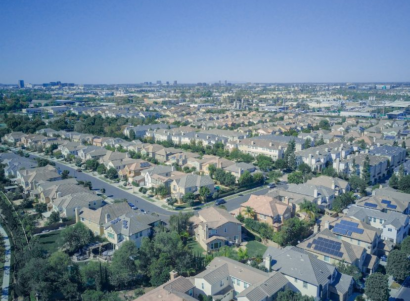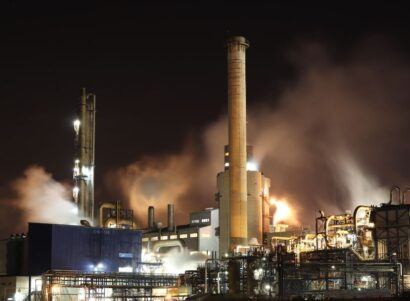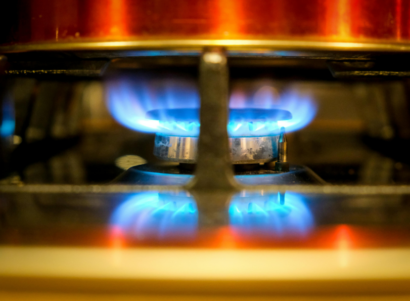Background
Roughly 47 million homes, or 38% of U.S. households, use gas stoves for cooking. Indoor residential air quality is not regulated, so there are few protections or guidelines in place to keep people safe when cooking with gas stoves. The U.S. population spends about 90 % of its time indoors on average, and the share of time spent at home is increasing. This means residential indoor air quality has increasingly important public health implications.
In 2023, a Stanford-led research team including PSE scientists found that cooking with gas raises indoor levels of benzene–a known carcinogen linked to leukemia–sometimes above the benzene levels in secondhand cigarette smoke. We collaborated again to examine the next question: if cooking with gas increases indoor levels of benzene, to what extent does cooking with gas expose people to this additional benzene, and lead to negative health outcomes?
We used the National Institute of Standards and Technology’s CONTAM indoor air quality model–which is a multi-zone indoor air quality model–to simulate how benzene emissions from gas cooking disperse across several different types of homes. We integrated previously-measured benzene emission rates with U.S. housing stock data, and then modeled benzene dispersion in a representative sample of home layouts and assessed its long-term health impacts. Our findings were published in the Journal of Hazardous Materials.
Findings
Gas stove emissions contribute substantial indoor benzene exposure, yet indoor gas combustion remains largely unregulated. Individuals can take steps to reduce their risk by opening windows during and after cooking, turning on an outdoor-venting kitchen hood during and after cooking, and replacing the gas stove with an electric or induction stove or single induction burner. Increased ventilation reduces but does not eliminate risk. The study underscores the need for public education about the risks of gas cooking, stronger indoor air quality policies, and public health interventions. Its key findings include:
- Gas stove emissions significantly elevate cancer risks in homes with medium to high gas stove usage and inadequate ventilation. The risk is particularly pronounced in smaller homes or apartments. Among the 6.3 million U.S. residents exposed to the top 5% of benzene-emitting stoves, the study estimates 16–69 excess leukemia cases per year under non-ventilated conditions.
- Benzene emissions from cooking drift throughout the home to bedrooms and living spaces, leading to exposure beyond just cooking or meal times. Indeed, bedrooms had the highest health risk associated with benzene emissions from cooking. This is due in part to the number of hours spent in bedrooms, followed by time spent in the living room and kitchen.
- Children are more vulnerable to benzene’s carcinogenic effects. Children inhale more benzene per body weight than adults, making their Incremental Lifetime Cancer Risk from gas stove-attributable benzene exposure nearly twice that of adults. In homes without ventilation, children’s cancer risk from gas stoves were up to 16 times higher than the WHO’s recommended limit.
- Ventilation is insufficient to eliminate the health risk of benzene emissions. High-efficiency ventilation (outside-venting hoods that capture more than 75% of cooking emissions—a higher capture percentage than most hoods installed in U.S. homes) significantly reduced but did not eliminate benzene exposure in kitchens. A combination of opening windows and ventilation hood use lowers–but does not eliminate–the risks associated with benzene exposure from gas stove use.
This research is part of Stanford University’s Indoor Air Quality initiative and PSE Healthy Energy’s Methane + Health Initiative, which seeks to expose the public health risks of methane gas, more commonly known as “natural gas.” Our research on methane examines both health-harming emissions from uncombusted gas (ex: emissions leaking from a well, pipeline, or stove) and emissions resulting from combustion that releases carcinogenic benzene and asthma-triggering NOx gases into homes (ex: burning gas to cook).

 Study
Study






